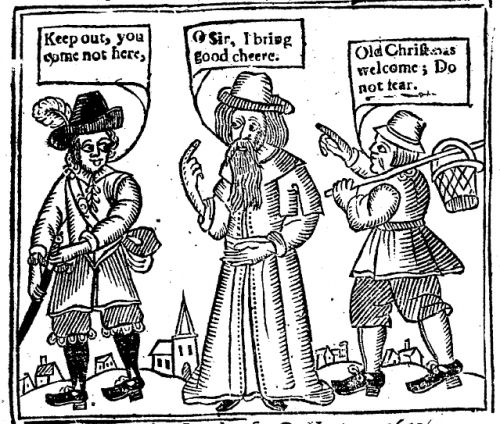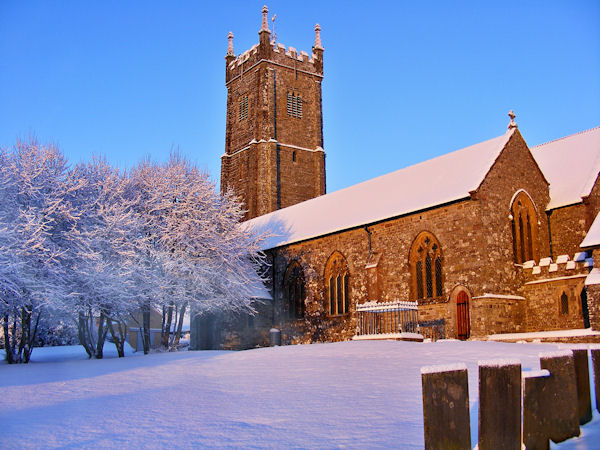Contact Us
By email:
info@one-place-studies.org
By post:
Society for One-Place Studies,
28 St Ronan’s Avenue,
Southsea, Hampshire, PO4 0QE
United Kingdom
How was Christmas celebrated in your place? Would the inhabitants have collected Yule logs and evergreens to decorate their homes? What would they have eaten during Christmases past? If your place is in an area that experienced waves of in-migration, perhaps by people of different cultures, what customs did they bring with them from their native lands?
Many British villages had their own local curl, or carol, that would be performed by the resident Waits, who would go from house to house to sing. Does any record of a local carol survive for your place?

Wassailing was a custom that was long associated with Christmas. Wassail comes from the Saxon greeting ‘waes hael’, or ‘be well’. The response, ‘drink hail’, means ‘drink and be healthy’. Wassailers would travel from house to house, wishing their neighbours well and hoping that cake and ale would be distributed. This was often a practice reserved for Twelfth Night. A traditional wassail brew, especially in the west of England, was Lamb’s Wool, a corruption of ‘La mas ubal’ or apple fruit day. This was made from warmed ale or cider, sugar and roasted apples or crab apples; spices and cream might be added. Commonly, in cider producing areas, wassailing, or apple howling, also formed part of a ceremony to keep evil spirits from the orchards during the following year. A rowdy procession would follow the apple king and queen from orchard to orchard blessing the trees. This was accompanied by shouting, the banging of drums and muskets being fired over the tops of the trees. Were any of these customs practised in your place?
How have Christmas celebrations in your place changed over time? The English Civil War saw many changes in Britain. The very name, Christ-mass, had Catholic overtones and for this reason, the Puritans wanted to rename it Christ-tide and mark it only by fasting and prayer. A directive of January 1644/5 stated that only Sundays were to be regarded as holy days and that all other ‘festival days, vulgarly called Holy Days, having no warrant in the Word of God, are not to be continued’. Mince pies, which were at this time filled with meat and rosewater, were traditionally an oval shape, to resemble Christ’s manger. This led to them being outlawed as idolatrous. Parliamentarian soldiers attempted to enforce the ban on Christmas celebrations by confiscating festive food and removing decorations. This prohibition was reiterated in an ordinance of June 1647, which also attempted to establish the second Tuesday of each month as a secular holiday to give workers a break. In the 1650s, more legislation forbade Christmas services from being held on the 25th of December and businesses were expected to open as usual. What people did in their own homes largely went unnoticed but there was some public defiance to the ban. In Canterbury, what became known as the Plum Pudding Riots broke out. Market traders refused to open on Christmas Day and instead played a mammoth ball game with thousands of participants, calling for the return of Christmas or the restoration of the monarchy. Christmas celebrations resumed under Charles II but they were not as lavish as those of the first half of the seventeenth century.
Did the inhabitants of your place accept these changes or rebel like the residents in Canterbury? Of course it is often very difficult to find out how Christmas was, or was not, celebrated in the more distant past. For more recent times, look for newspaper reports of Christmas celebrations, or chat to older residents to find out about local traditions. Are you keeping a record of current traditions, such as markets, carol services and social events? Are there customs from the past that could be revived?
Listen to our December 2013 Hangout-on-air for further suggestions.

Janet Few
Some of the above is taken from Few, Janet Coffers Clysters, Comfrey and Coifs: the lives of our seventeenth century ancestors, Family History Partnership (2012).